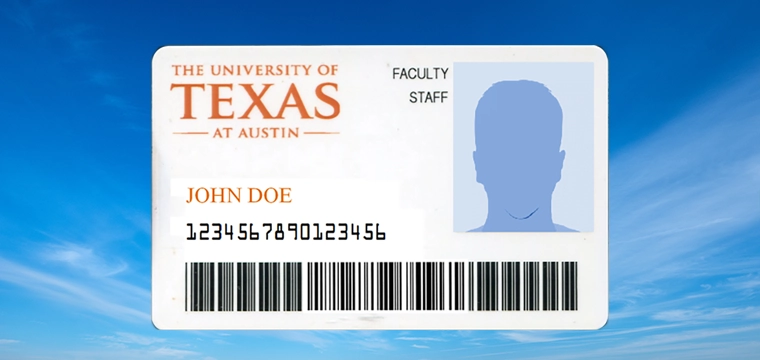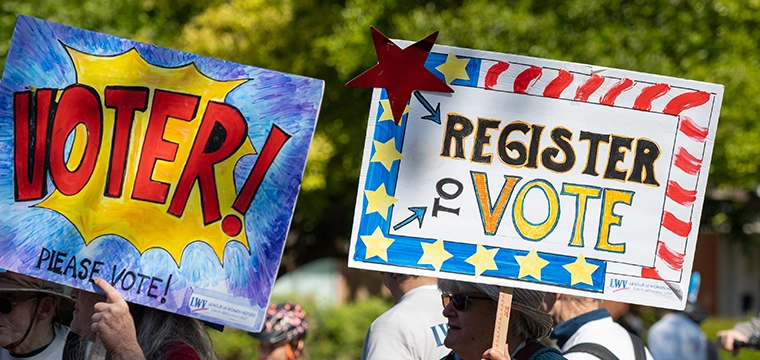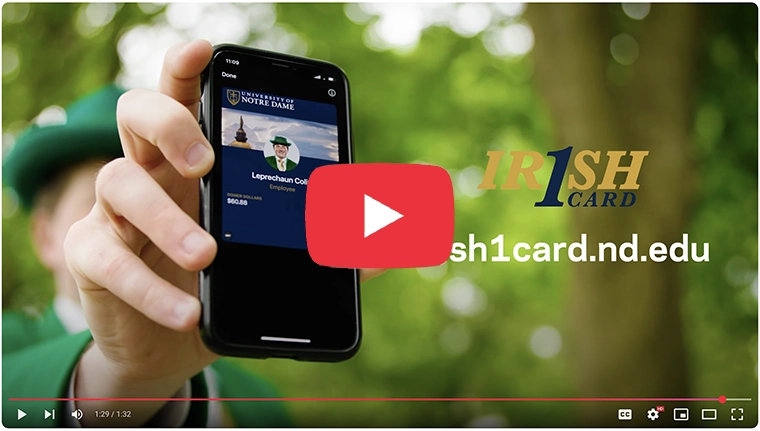
So you have decided that you are interested in adding a banking partnership to your card program, but you are not sure how to begin? Ask yourself the following question: ‘How can I best position my card program to attract a financial institution’s interest?’ The answer: Become a salesperson for your program. Know your facts. Try to understand the motivations of the bankers with whom you will meet.
Here are some specific things to consider:
1. What percentage of graduates will settle within the local area?
If this number is high than you may be an attractive candidate for a local bank. If it is low a local bank would see little opportunity to recoup the investment through lifelong customer relationships. If the bulk of your students leave the area upon graduation, a super-regional or nationwide bank may be better suited. The key is to understand the footprint of the bank (the geographic area of its branch network) and the patterns of your graduates.
2. Be realistic with your financial expectations.
These relationships are not going to fund your program. While they may provide some modest revenue sharing, this should be viewed only as an ancillary benefit should it materialize. In some cases, fees assessed to the campus exceed the revenue share resulting in a net cost to the campus. Banking programs should be pursued primarily for the student service and administrative savings aspects. To put in terms we all can understand–if the banks sense you are only interested in their money, they won’t call you after the first date.
“Student accounts are a money loser for the bank.” This is perhaps the most common statement from a banker when it comes to campus programs. Whether or not this is true is difficult for any of us to know for sure. Privately, bankers have suggested that this is really not the case. When a campus is negotiating revenue share, however, it is obviously more advantageous to underestimate revenues than to boast of them.
The key is to be realistic. Talk to other campus administrators that have banking partners and find out how their agreements are done. Knowledge is certainly power in this case.
3. Evaluate how a student will conduct business with the bank and make sure the infrastructure will be there to support it.
For a time it was thought that the bank had to put a branch on the campus for the program to succeed. While this certainly can be a major asset, it is impractical in most cases. The initial costs are large because a functioning branch requires a prime location and a substantial build-out including high-level security systems and the installation of a vault. Ongoing costs associated with staffing and support are sizeable as well. Because of this, on-campus branches are the exception rather than the rule.
Some campuses have relied on an existing branch located close to the campus. Others have been forced to accept full-service ATMs as a stand-in for the branch. A number of financial institutions have deployed either staffed or fully automated self-service centers. These centers can provide many of the services of a branch with the exception of handling cash (other than via the ATM). This excludes them from the requirement to install the expensive vault at the location. The key is to make sure that you know how your students will conduct business with the bank and ensure that adequate infrastructure is in place. If it is less convenient for your students to bank with your partner than with another bank, they won’t do it.
4. Understand the local merchant base.
If you are anticipating the use of your card as a payment vehicle at merchants in the community, you must understand the ability of the bank to support this function. Take note of a financial institution’s existing merchant base and their realistic plans for expansion. Also, investigate the nature of these merchants and make certain that they include or will include those that service your students.
5. Make your business more attractive.
Consider embedding the request for card-based financial services with your institution’s request for depository relationship services. The value of a long-term relationship with the cardholder can be significantly enhanced if it is tied to an immediate and proven revenue opportunity for the bank.
Follow these simple steps and you will be well on your way to having productive, informed discussions with potential banking partners. And that is half the battle.




